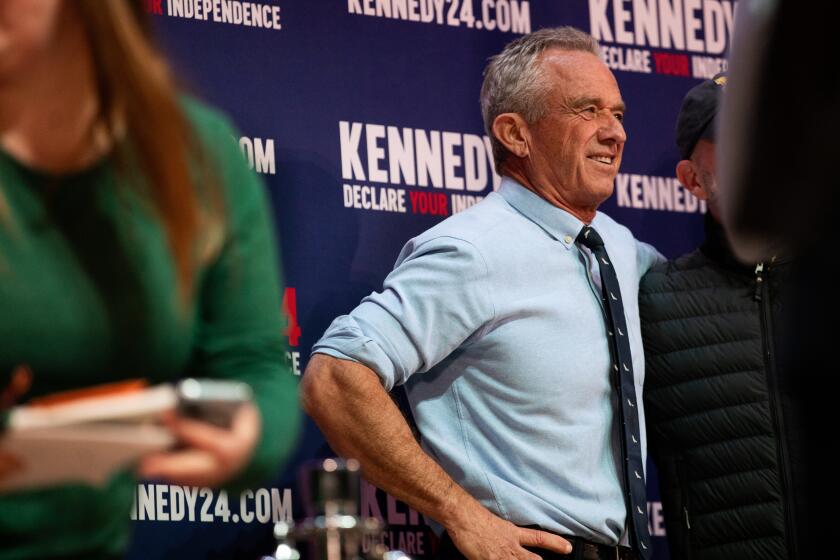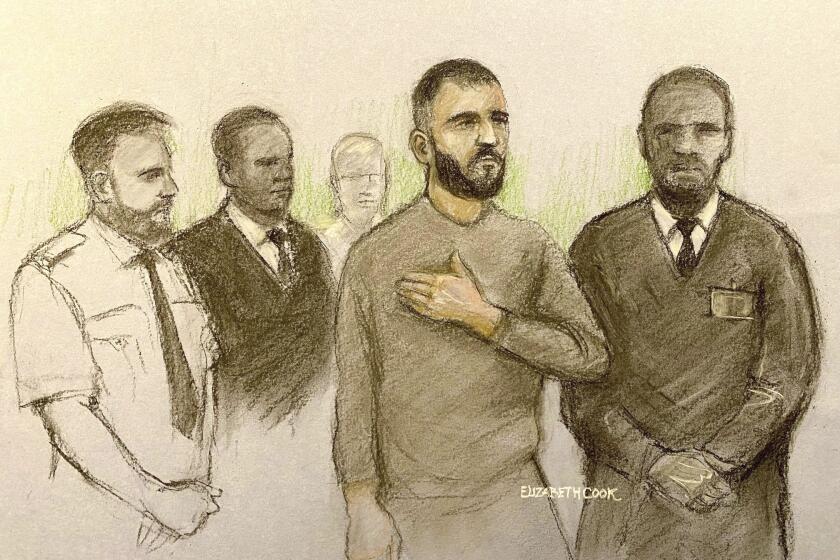FAA accused of looking the other way
FAA safety inspector Bobby Boutris was conducting night surveillance of maintenance at Midway Airport in Chicago in March 2007 when he observed a Southwest Airlines plane being repaired for a crack on the fuselage.
To his disbelief, Boutris discovered that the plane was overdue for inspections and still flying passengers, despite the danger that a sudden failure of the skin panels could result in rapid decompression of the airplane, jeopardizing all on board.
Even more incredible to Boutris, Southwest had already voluntarily notified his supervisor at the Federal Aviation Administration about the problem, he later learned.
Yet, instead of immediately grounding the plane and launching an investigation, the supervisor, Douglas Gawadzinski, permitted Southwest to continue operating dozens of potentially unsafe aircraft on thousands of flights, Boutris testified before a congressional committee Thursday under a grant of whistle-blower protection.
Gawadzinski rejected Boutris’ recommendation to crack down and instead ordered that Southwest be sent a “letter of concern.” But follow-up inspections showed that the original findings were not corrected, Boutris found.
In addition, routine surveillance inspections at other Southwest maintenance facilities revealed a systemic problem of noncompliance with FAA safety regulations, Boutris told the House Transportation and Infrastructure Committee.
During the daylong hearing, whistle-blowers, aviation safety specialists and government watchdogs criticized the FAA for looking the other way and allowing crucial aircraft inspection and maintenance lapses that could have led to deadly crashes.
For air travelers it means not only has the glamour of flying faded, but the aviation safety net is tattered. Troubling signs have surfaced of a buddy system between the airline industry and the federal agency that is supposed to regulate it, the committee’s investigation uncovered.
Top officials from the FAA and Southwest, including the airline’s founder and executive chairman, Herb Kelleher, both apologized and insisted the problem was not as severe as it seemed.
“In addition to safety being a legal, moral and personal imperative, being unsafe would be the worst business strategy any airline could have,” Kelleher said.
Nicholas A. Sabatini, the No. 1 safety official at the FAA, promised that reforms in the agency’s oversight duties, recommended by the U.S. Department of Transportation’s inspector general, were coming so that the abuses that occurred earlier on Sabatini’s watch would not recur.
The inspector general’s recommendations to the FAA include establishing an independent organization to conduct investigations of safety issues identified by FAA inspectors. In addition, the inspector general said that supervisory inspectors should be periodically rotated to ensure objectivity in airline oversight.
Sabatini said he was “outraged and shocked” at the actions of Southwest and Gawadzinski to allow planes in the air that were not in compliance with safety regulations.
But “the safety record simply does not support allegations that the system and FAA are broken,” Sabatini told the committee.
The lawmakers didn’t buy the argument, however. Furthermore, they concluded that the lax safety oversight by the FAA in the Southwest case was not an isolated event.
“I fear that complacency may have set in at the highest levels of FAA management, reflecting a pendulum swing away from vigorous enforcement of compliance, toward a carrier-favorable, cozy relationship,” said Rep. James L. Oberstar (D-Minn.), committee chairman.
Boutris had raised safety concerns since 2003 about Gawadzinski’s alleged soft-pedaling of serious problems that were not being corrected, Boutris told the committee.
Gawadzinski was the principal maintenance inspector in the FAA’s southwest region of the country. He still works at the FAA in Texas, but he is under investigation, officials said.
“It is very sad that an FAA safety inspector has to become a whistle-blower in order to address safety issues,” Boutris told the committee.
The red flags are also popping up at airlines beyond Southwest.
American Airlines and Delta Air Lines last week temporarily grounded several hundred MD-80 series planes due to concerns that FAA directives issued two years ago about wiring were not followed correctly.
Investigators say incorrect wiring may have caused two Airbus planes operated by United Airlines to skid off runways. The suspect wiring of anti-skid equipment was performed for United by a Korean company.
US Airways reported that improper repairs were made on seven of its Boeing 757s, including one that lost a 20-square-foot section of wing.
Investigators aren’t yet satisfied that they’ve dug down to the roots of the sudden rash of problems. There is no evidence, for instance, that maintenance is suffering due to the financial difficulties sweeping the airline industry at a time of near-record fuel costs.
But in the last month in particular, the airlines have reported seemingly every possible maintenance problem, out of fear that if they don’t do so, they will be accused of hiding something.
“The carriers are gun-shy,” said Calvin Scovel, inspector general for the U.S. Transportation Department. “I think they see the FAA waking up.”
More to Read
Start your day right
Sign up for Essential California for news, features and recommendations from the L.A. Times and beyond in your inbox six days a week.
You may occasionally receive promotional content from the Los Angeles Times.






